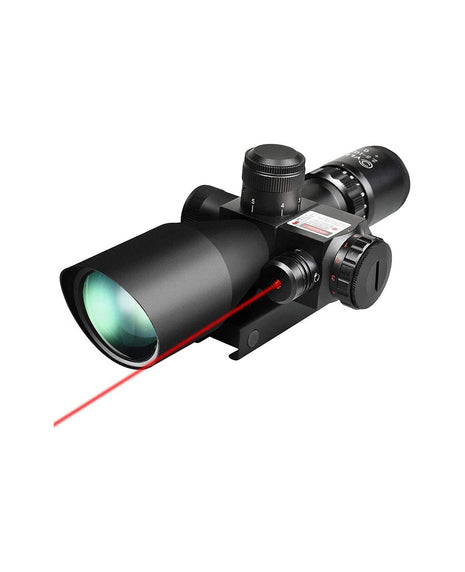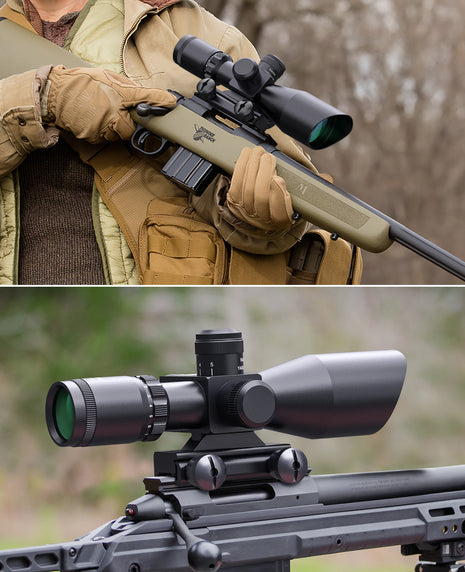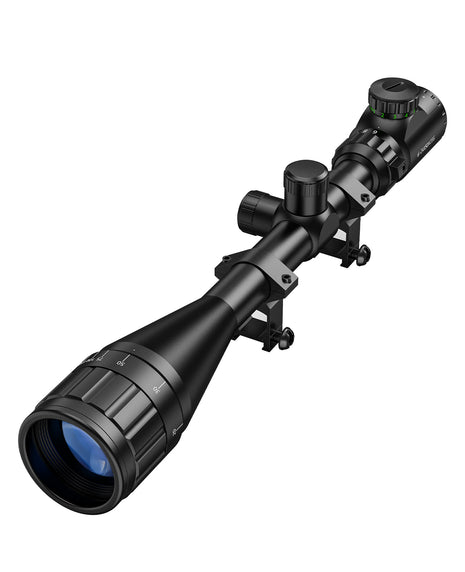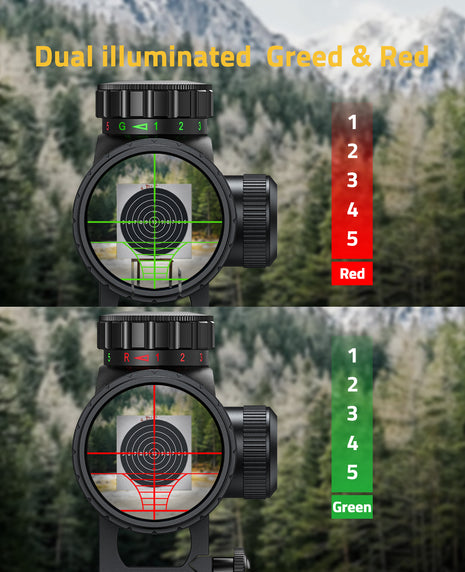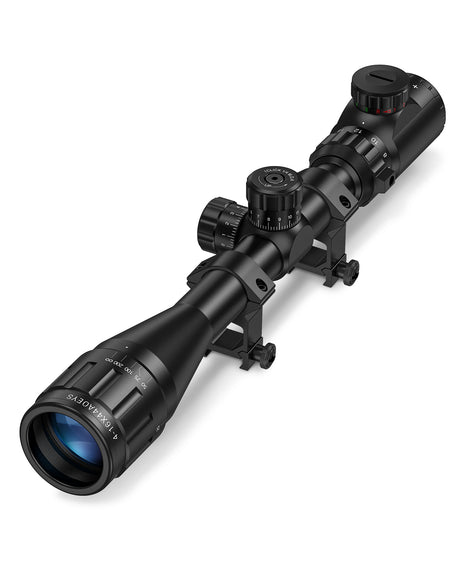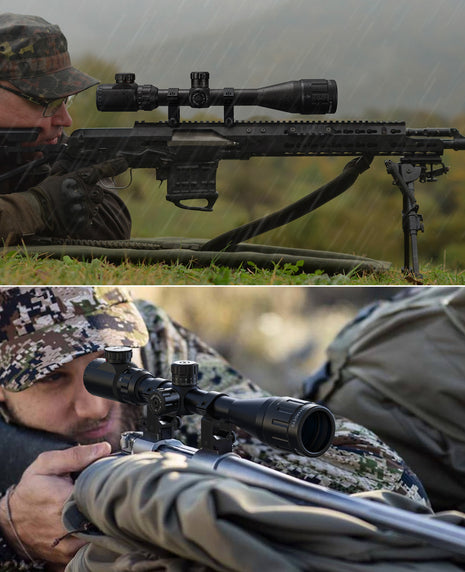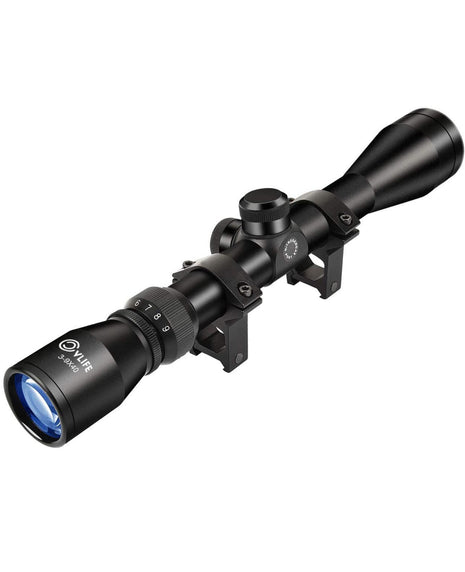Leather Rifle Sling or Synthetic?
- 2 Tiempo mínimo de lectura

When you think of a rifle sling, the first thing that comes to mind is probably a leather rifle sling. A leather sling is a great choice, and they've stood the test of time for centuries. However, a leather rifle sling isn't the only “best rifle sling” these days. There are a wide variety of materials, shapes, sizes, and applications to choose from when you're looking for a new gun sling.
Sling Materials: The Best Hunting Rifle Sling
A hunting rifle sling is typically different from a tactical sling. Tactical or combat slings are designed to keep a gun at the ready at all times, usually muzzle-down across the chest or back in a position that's very close at hand. Tactical slings usually come in one, two, or three-point configurations. They're perfect for tactical use but fairly impractical for hunting rifles, which are most often longer and heavier guns.
Leather is very durable, and many of these slings stay on a particular gun for decades of use, season after season. It tends to be heavier than synthetics, so they're less common on lightweight or ultralight rifles designed for hunters that are busting their humps into rough mountains where every once counts.

Lighter alternatives to the leather rifle sling are made of various synthetics for strength and durability and come in an almost endless variety of colors, prints, sizes, and padding. Nylon is a really popular material for rifle slings for its light weight. Neoprenes are well-padded and offer great water resistance.
Some slings also include three to five cartridge loops to keep a few extra rounds handy without digging around in your pocket. This is definitely sufficient for big game hunting since typically only a few rounds are fired.
Although almost all slings these days are adjustable, you may still run across some that are a fixed length. If so, you can figure out what's best for you by simply attaching twine to your gun at the connection points and tightening or loosening it until it's a comfortable length (even though the twine itself will be very uncomfortable). Once you have that, you can match the length of twine to your sling.

To Recap
Hunting rifle slings reduce tired muscles in your arms, prevent drops, keep the muzzle in a safe direction, keep you hands-free, and even give you the ability to practice the old "loop sling" offhanded shooting trick. Now you have a better idea of why you should have a rifle sling, what kind of materials are available, and the two basic types of sling mounts.
Tags
- Compartir en:
- Deel
- Tweet
- Póngale un alfiler.
- Messenger
- Correo electrónico
You May Also Like
Blogs & News
-

, por C V How to Use BDC Holdovers for Different Bullet Weights?
-

, por C V Is a 1-6x BDC Scope Better Than a 3-9x for AR-15?
-

, por C V How to Zero an AR-15 Scope with a BDC Reticle
-

, por C V What Makes Motion Awake Red Dot Sights Unique

